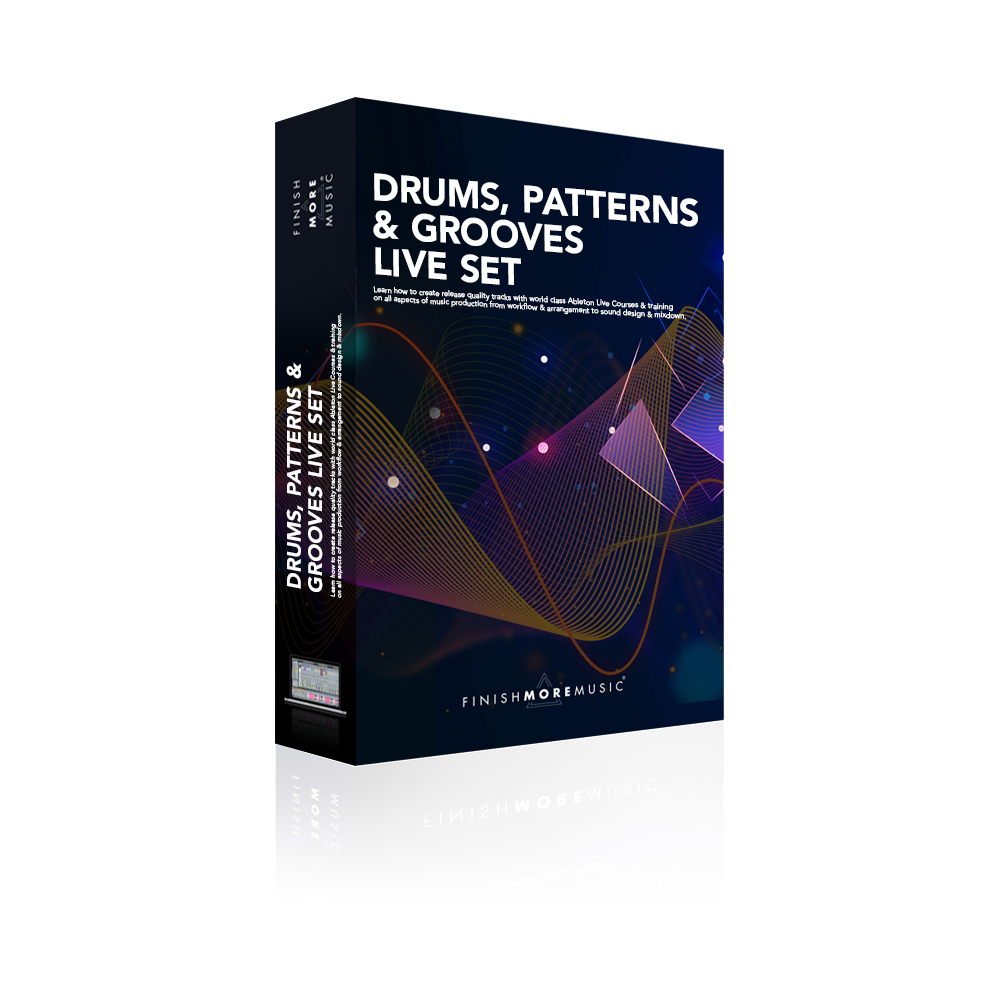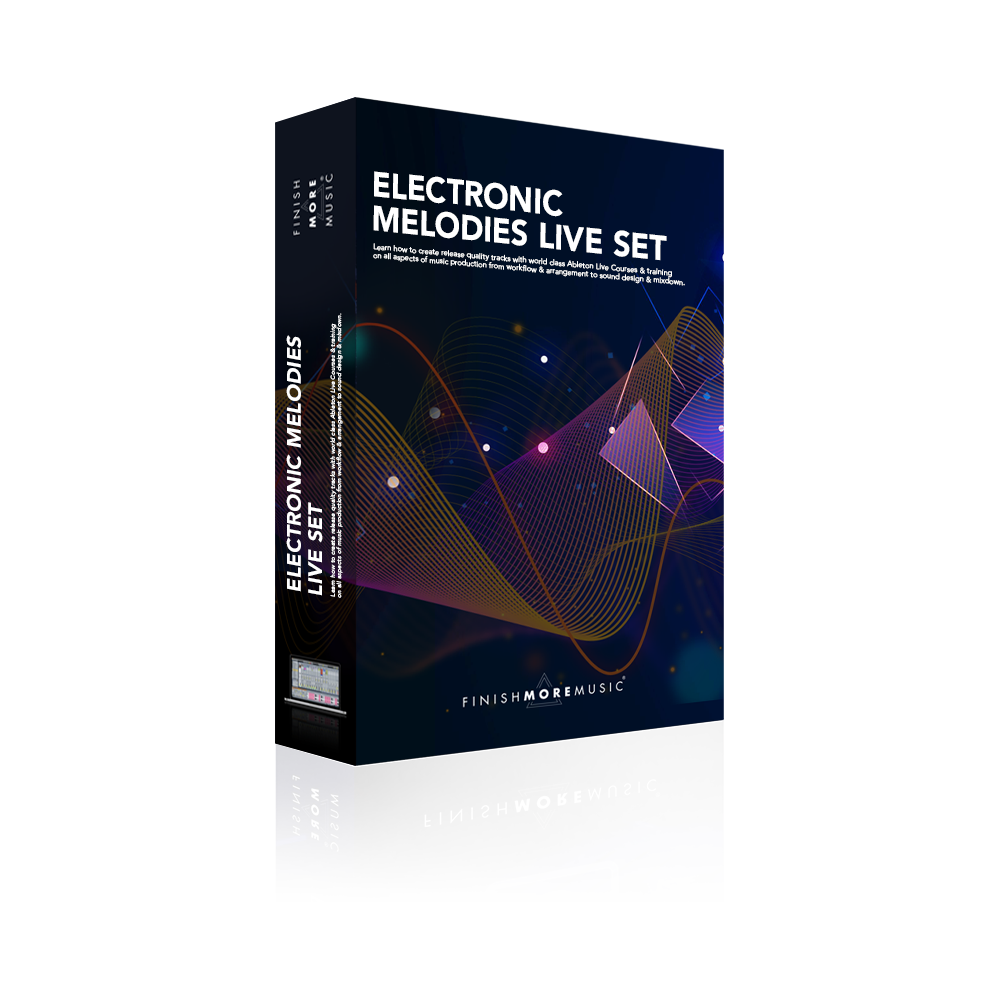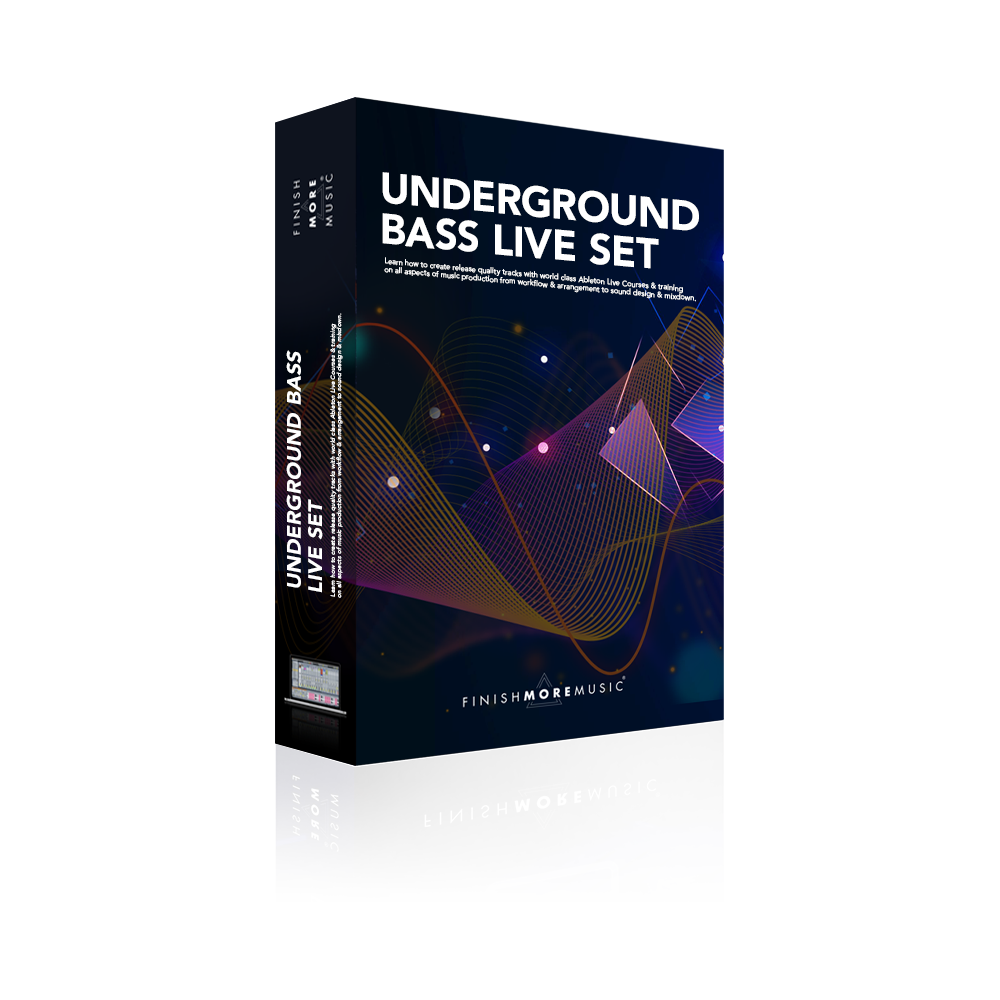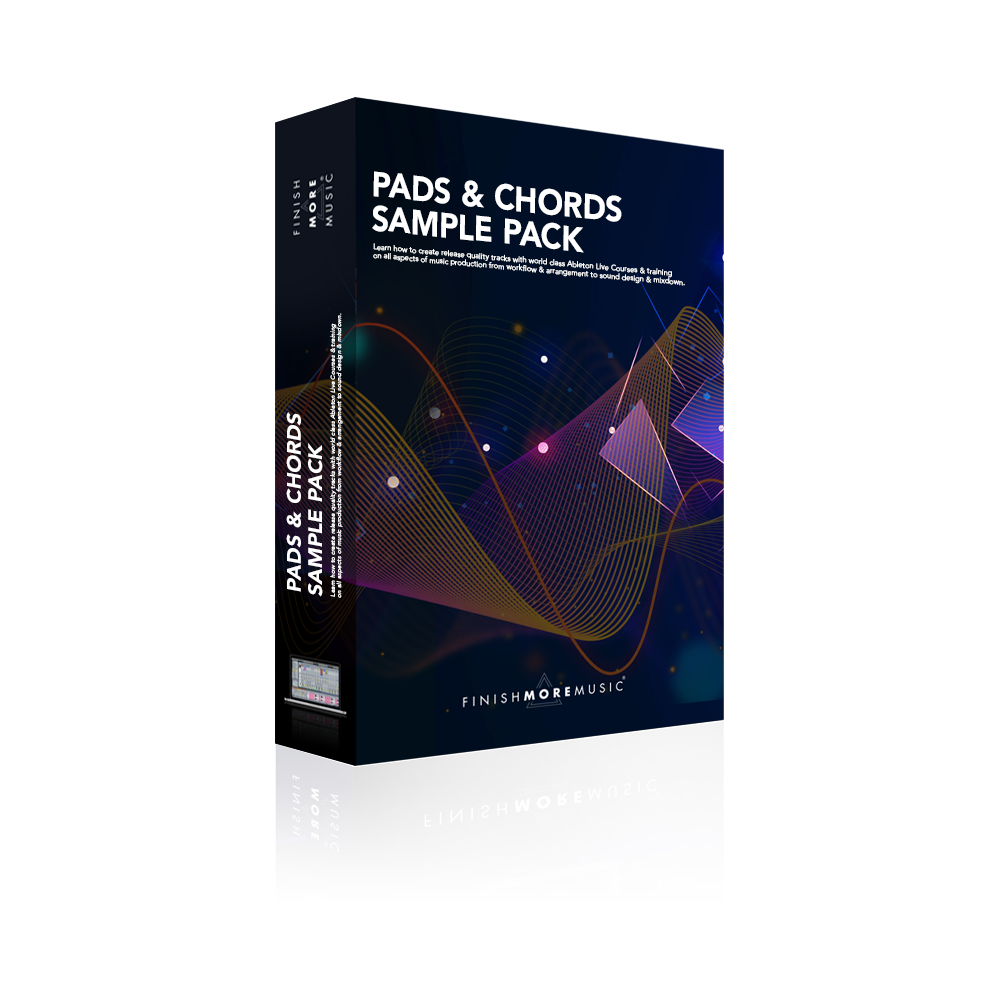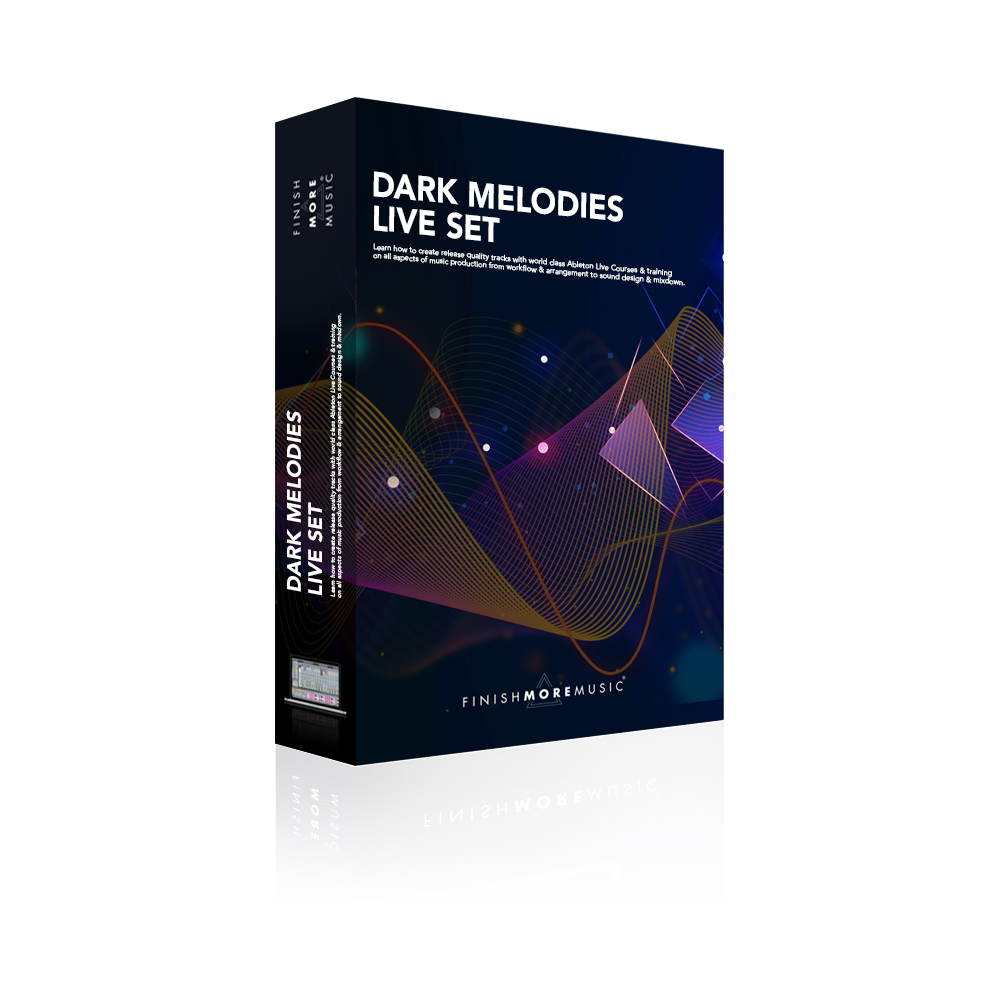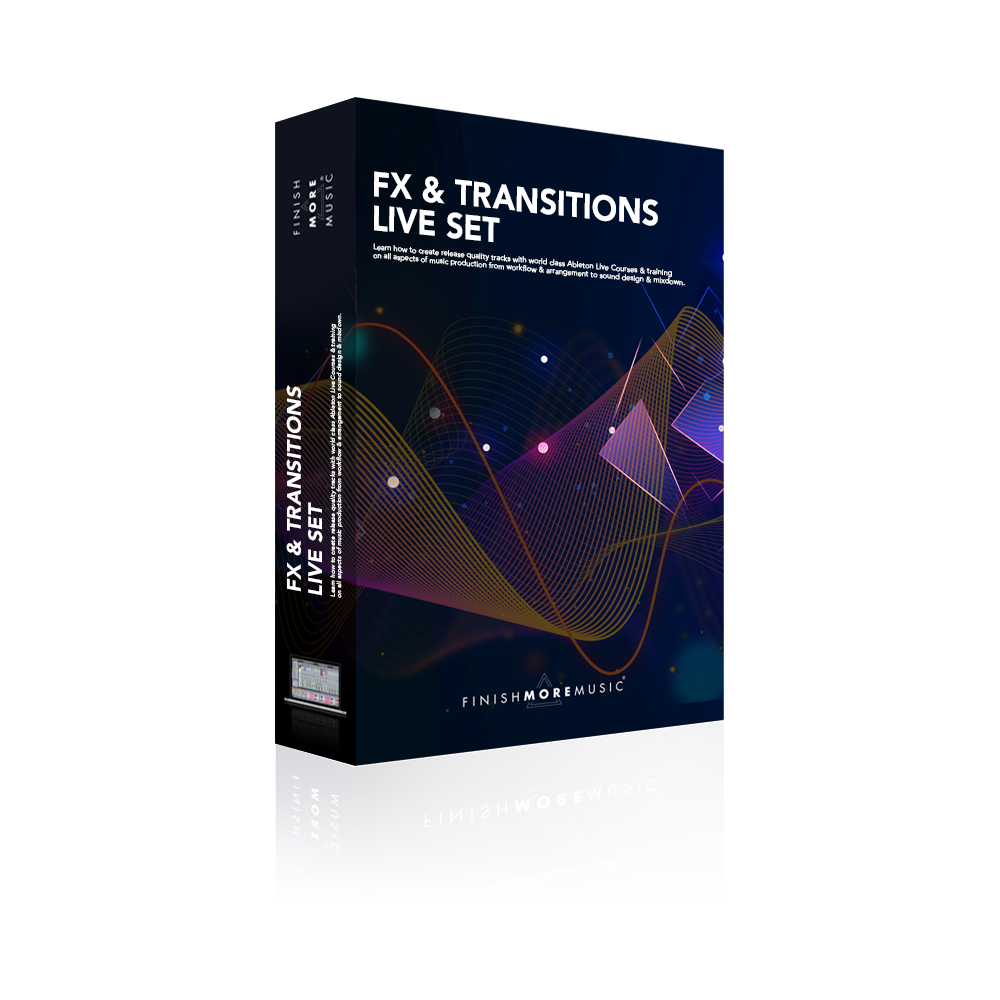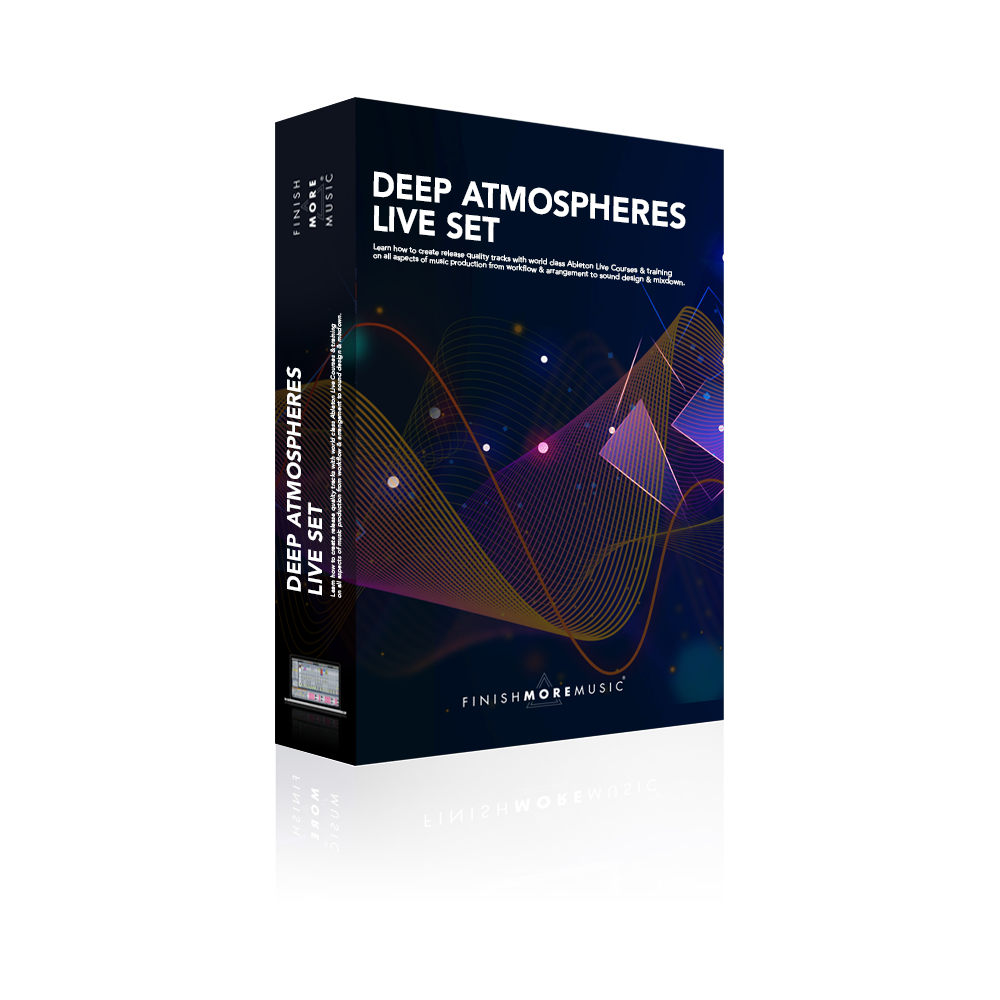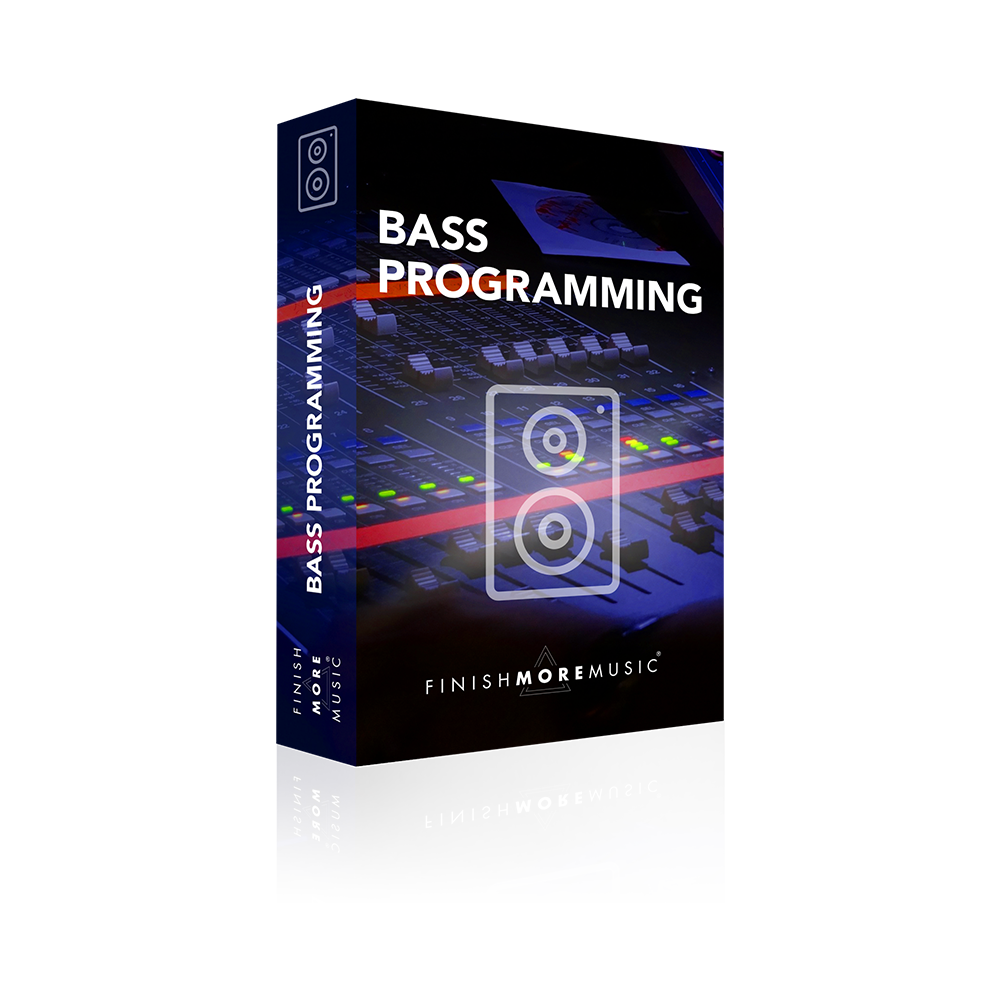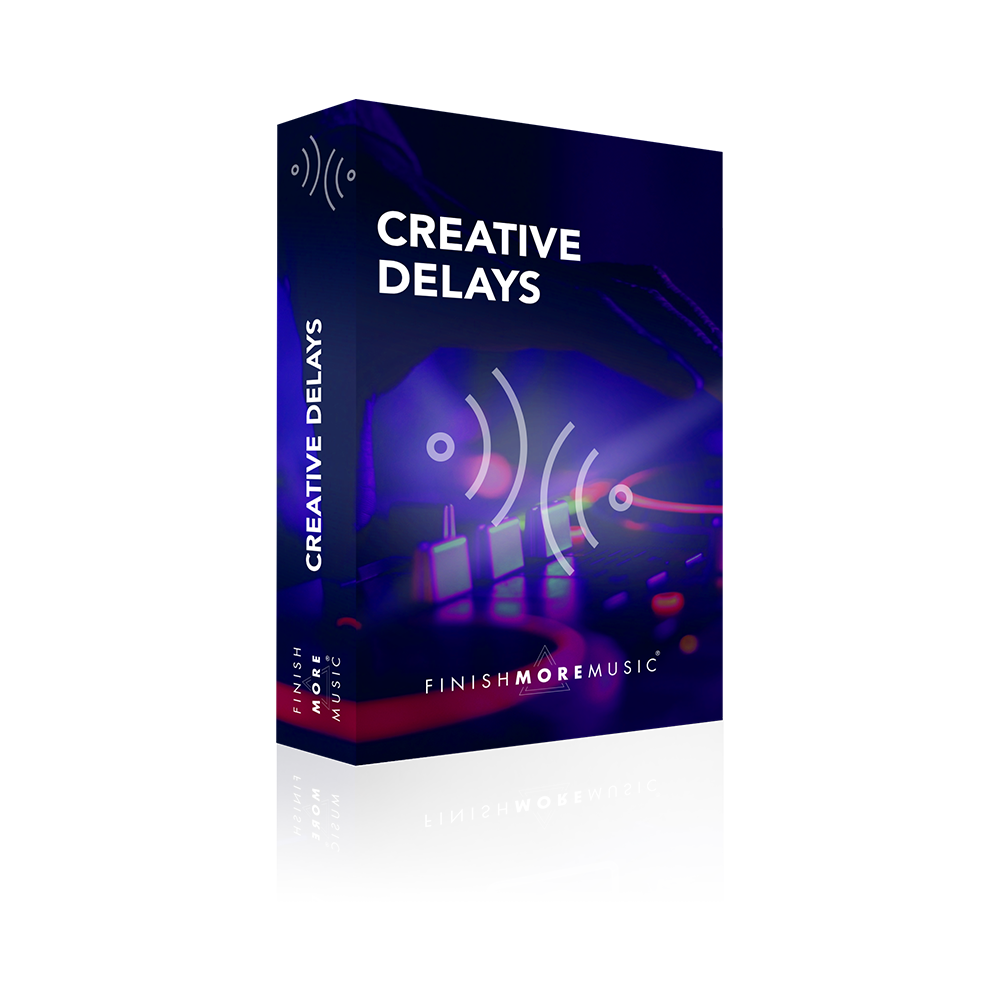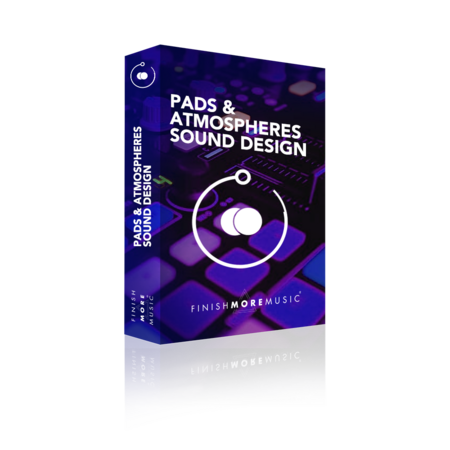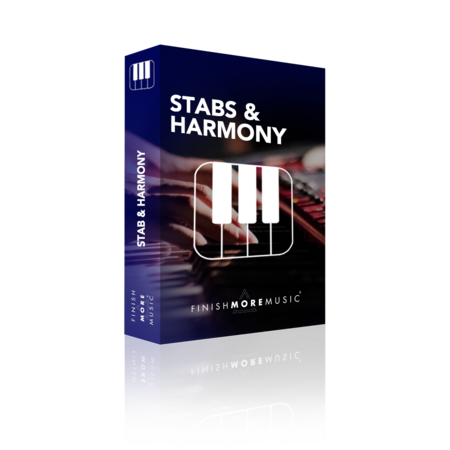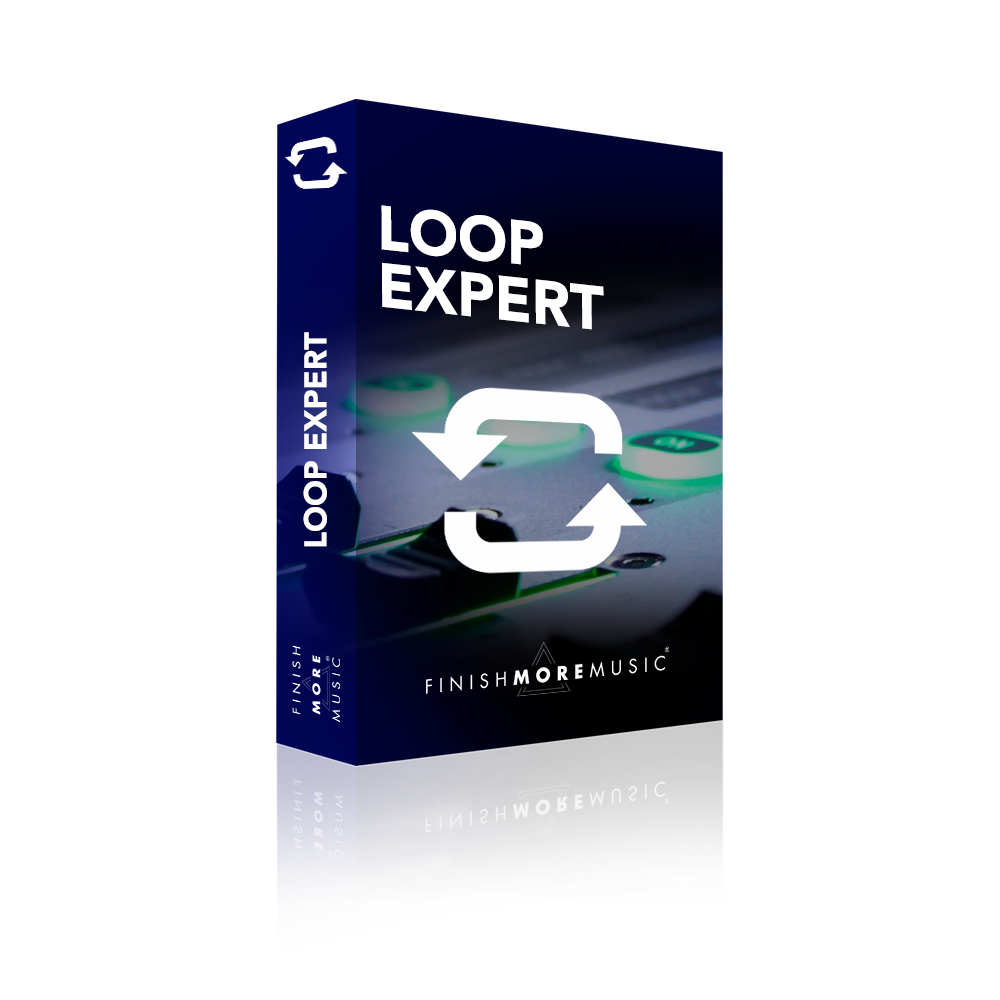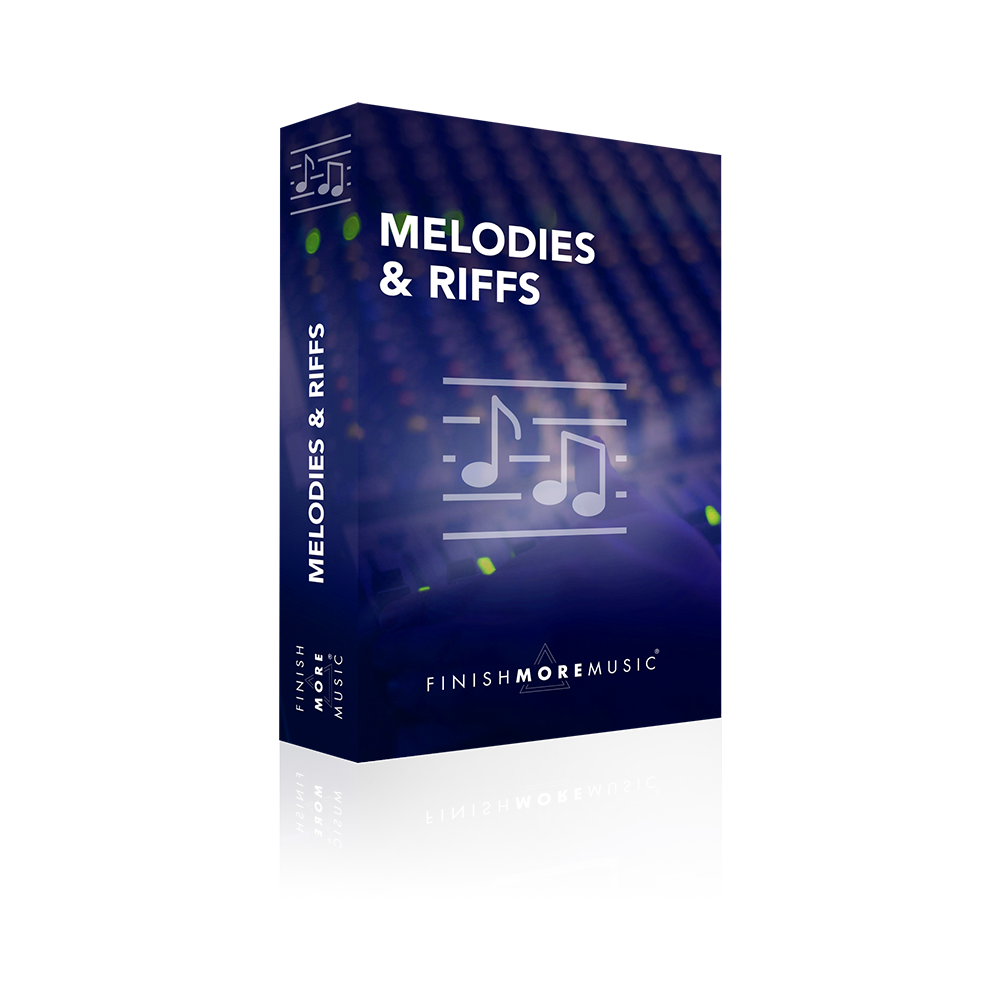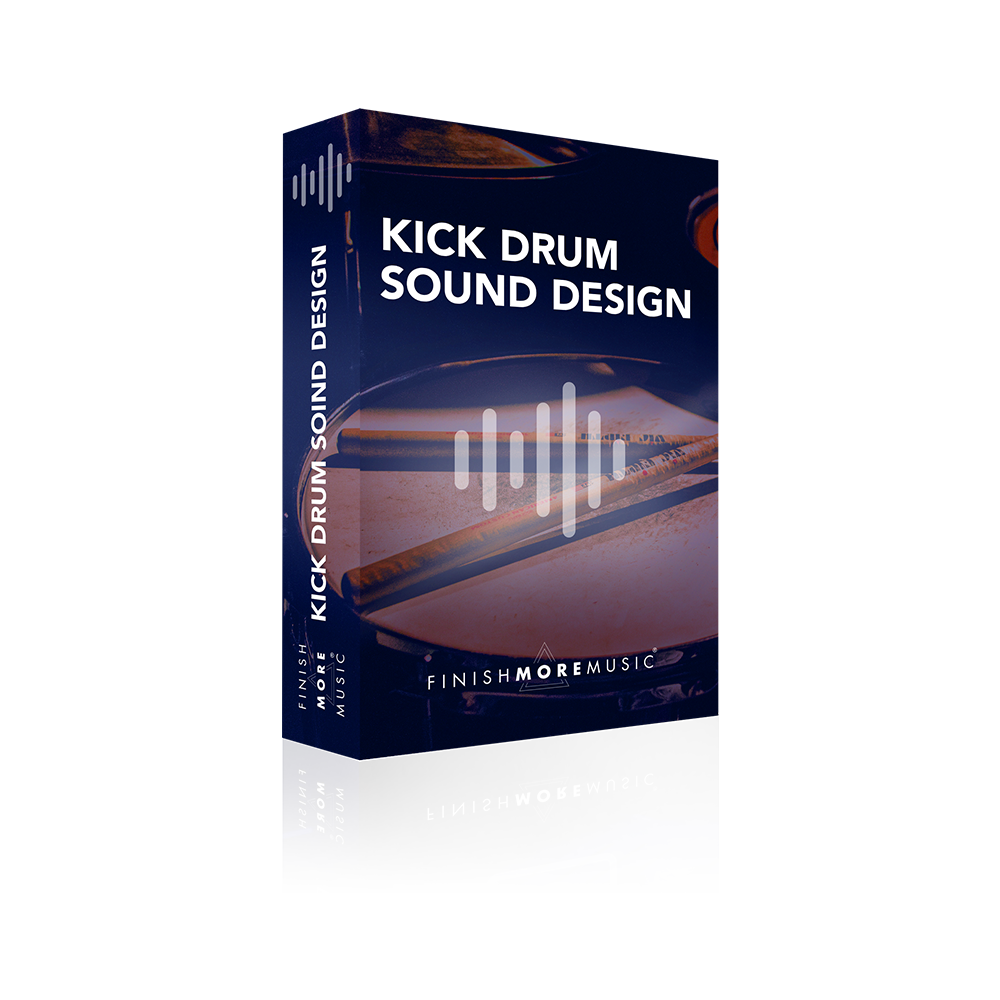Do you ever struggle to get your bass levelled and punching like it does in your favourite pro tracks? It is one of the most important, yet most difficult areas to master within Electronic music. Quite often it has producers running round in circles trying to find a solution during their mixdowns. However, there is a simple, fast way you can achieve this and get it very close to your favourite music. Check out this week’s tutorial where I show you a great way to balance your bass so it sounds as close as possible to the tracks you admire.
Transcript
So, what you would do is take a tune that you really like and you’re going to check to see where the peaks are of their kick drum, and the peaks are of the fundamental of their bass, and if you’re having trouble around the hundred hertz area. Probably the first, maybe the second harmonic as well and then you can EQ volume, adjust your bass accordingly.
So, if we grab Sarah’s tune, what we would do here is go in and again let me just sort out this resolution. Knock in, go in and say okay this is clearly the kick drum here right so I’ll cut out all of the stuff either side of it.. Okay, so, you can see the peak of the kick-drum. Now, if you’ve got Auto modal and you don’t have to mouse over it it’s gonna appear right here, okay? So that tells me the peak of Sarah’s kick-drum and we’re just dealing with the sub is sitting at -12 so you’re obviously referencing a track that you really like or a number of them to even get a feel for how this works across your genre, and that tells you okay that’s sitting at -12, now where’s there a base hit in here. So, we know we’ve got this kind of offbeat almost kind of reverse monster thing going on, and here, you can see -16 is the lowest peak here. So it’s the highest peak which also tend to be the lowest, the furthest list. So what we’re interested in here is not matching the peak of our kick with a peak of theirs, we’re not after absolute values, we’re looking at relative values. We’re looking at saying okay if my kick peaks at X, the base the subbies frequency is 4 decibels less and that’s how you can mix the base and you can do exactly the same by then saying “Okay what volume is the first harmonic?” So we’d be looking at this guy here and then you’d say okay that’s so many less and that will help you to shape it so you could just EQ this out. For example, just notch it down a little bit or shelve it depending on what base you’re using and that is gonna give you a very similar contour to what you’re hearing in the tunes that you like. Now, bear in mind that’s reference that’s just a starting point, but if you were, and this is what I would do, if you were to finish the mix of your track and then duplicate your kick, and bass,and then alter it in accordance with a reference track, and in AB what you have before, and what you’ve got now that is gonna start getting your ears into tune. You’re gonna start recognizing and training yourself to not have to keep doing that you’re going to start recognizing, “Ah, that’s what the bass sound like”, and as I said if your room is causing you problems because you could have like a null in your room that could be 40 decibels or something insane, and if that is at G-0 or let’s say at G-1 ‘cause you’re having a problem around the hundred hertz area then you’re always gonna think “Jesus! I can barely hear that and be cranking it up insanely”, so it is a very good idea to get yourself a set of headphones that will at least give you a decent impression of what’s going on down there, then you can use that technique and you’ll find that you’ll start to learn where the right ballpark is every time even if you’re just doing it almost by the numbers in spectrum and having to reference as I said in headphones and then somewhere else. But it will get you to where you want to go.
I’ve released a brand new, totally free ebook for you called Creative Strategies for finishing more music. It features some of the world’s top underground producers sharing their inside tips on how to be prolific, handle creative pressure, turn your inspiration into finished tracks, and give yourself that important edge in the music industry. The ebook has 15 pages rammed with insights and workflows from some of the world’s biggest underground music producers including John- O Fleming, Schlow MeHaba, Claude Young Jr, and Mark Jenkins, and there’s loads more. The ebook is totally free for you so dive over to finishmoremusic.com/ebook and grab yourself a copy now.
Thank you for watching
I really appreciate you tuning in and I hope you’re enjoying the tutorials and taking some real value into your music sessions.
If this video resonated with you and you feel it will have a positive impact on the people you know, please share it by using the social media buttons you see at the bottom of this page.
To make sure you are always the first to know when a new video lands: Subscribe to the FMM Youtube channel here.
Let me know how you get on with the techniques I showed in the videos and if you have any suggestions for future tutorials, ping me a message on Instagram (@IamKeithMills)

